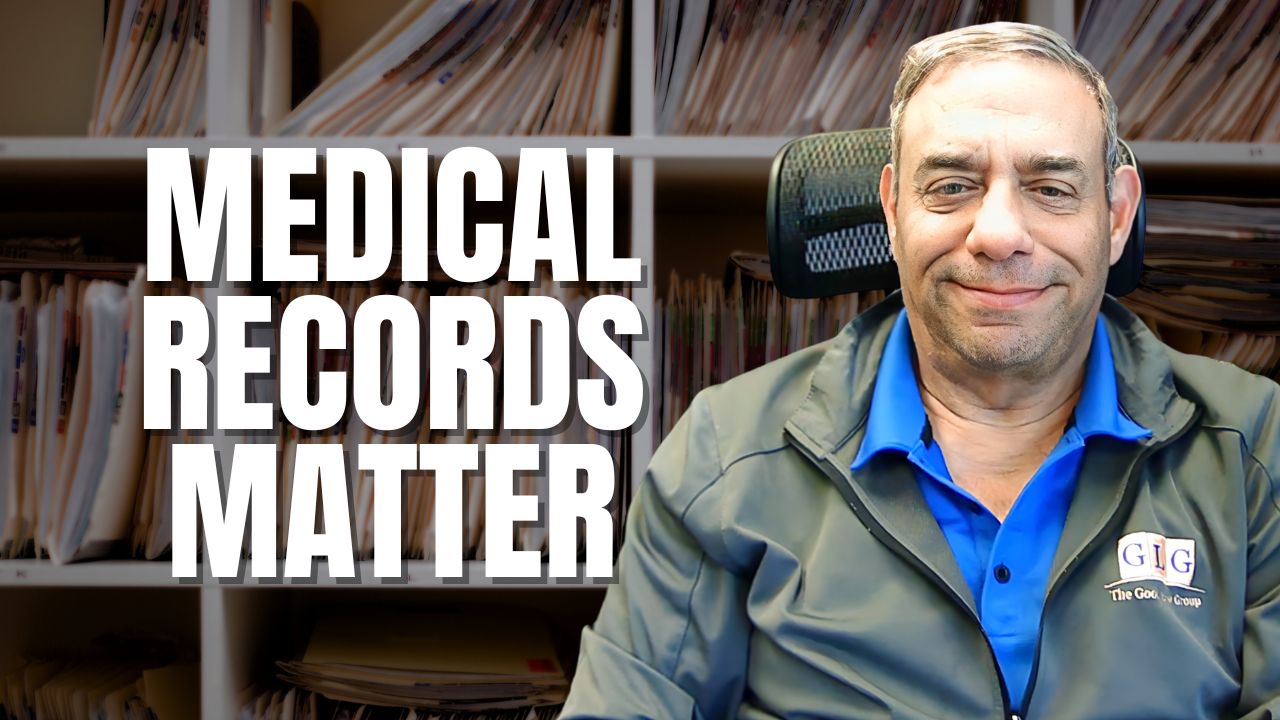 Applying and receiving approval for disability benefits from Social Security is well-known to be a complicated and lengthy process. As 2014 rolls underway, applicants should be aware that this process may be changing as the Social Security Administration implements several new changes.
Applying and receiving approval for disability benefits from Social Security is well-known to be a complicated and lengthy process. As 2014 rolls underway, applicants should be aware that this process may be changing as the Social Security Administration implements several new changes.
Approval for qualification
Many people believe that they receive benefits based on the severity of their disability and their situation but this may not always be accurate. When judges examine disability claim appeals, they may not only look at the medical evidence but at other factors such as work history, age and education. Often times, these additional factors play important roles in a person’s eligibility. This set of factors is often referred to as the grid rules
While the traditional grid rules tend to favor older people and people with lower levels of education, these rules are estimated to change this year. This is reflective of the fact that people are now working longer and can be quite successful in the modern workforce.
Updated dictionary for vocational experts
Vocational experts use a vocational dictionary to determine whether an applicant for disability could perform some other job in their community. The last time the dictionary was updated was 1991 and therefore, it does not contain new positions in the technology industry or related to technology itself. SSA will be working on updating this dictionary, over the next several years, to help vocational experts identify positions which someone could do without the need for physical movement. This may cut down the number of disability approvals if it can be shown that applicants would be able to perform these types of jobs.
New cap for judge caseloads
The majority of SSD claims are denied and this means that applicants have to file an appeal which is heard by a judge with SSA. These judges must then review the file for the applicant to understand why the claim was initially denied. However, many judges have complained over the heavy workload of cases that SSA expects them to handle each year. They pointed out that reviewing so many cases did not allow them to fully examine the facts for each case and prevented them from making fair decisions.
As a result, the SSA has set a cap of 800 cases per year per judge. This cap may affect the time limit applicants must wait for a decision but may also work in applicants’ favor and increase their chance of winning benefits.
In addition, SSA has formed a task force to study whether fraud is being committed by medical professionals and legal professionals when it comes to disability claims. The SSA did not say how long the study will last or whether the task force has uncovered anything.









